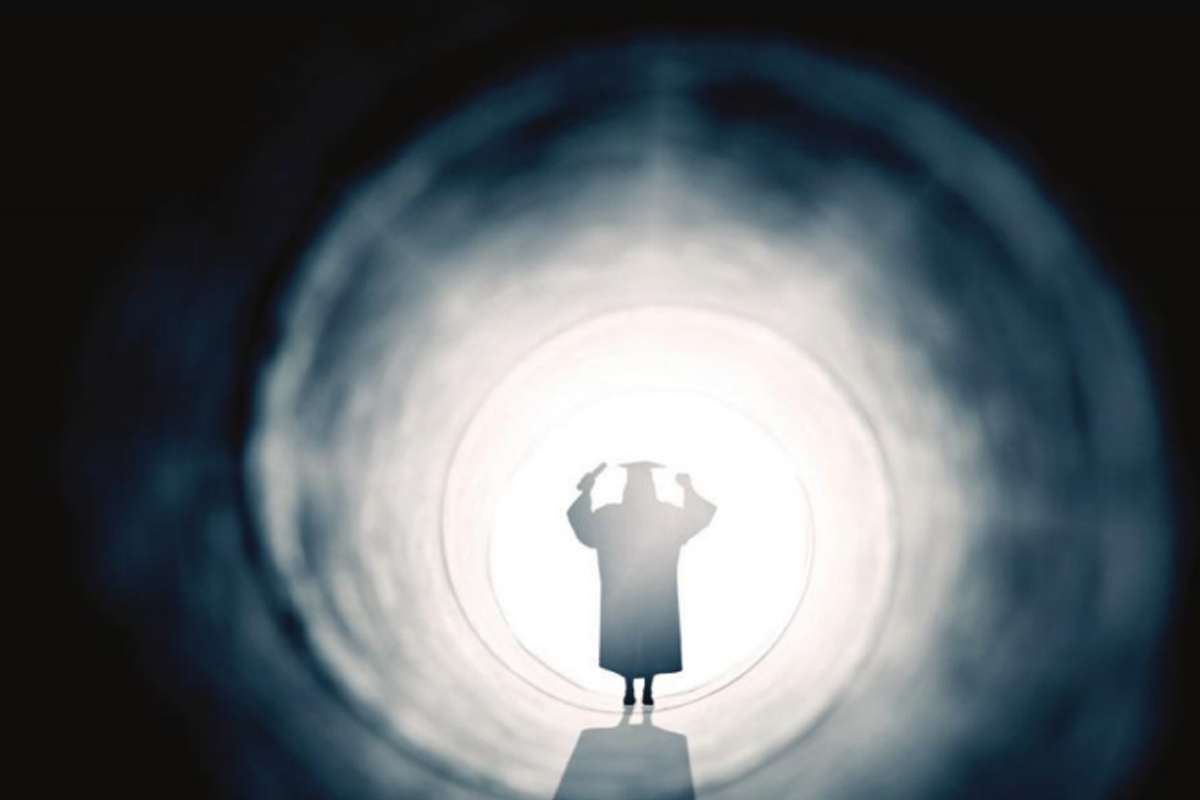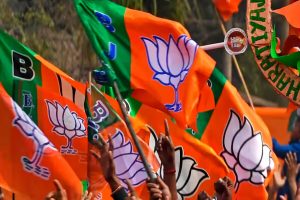The ranking of institutions of higher education is a crucial task undertaken by various agencies. One such agency in India is the government itself.
The Ministry of Education, Government of India comes out with a ranking of higher educational institutions every year. This ranking never fails to generate widespread interest among both academics as well as nonacademics.
Advertisement
It creates headlines in the media and therefore the news of these rankings reaches the masses almost instantly via social media platforms like Twitter, Facebook etc.
These rankings do a ‘twin job’ at one go. The first thing is that they create an environment of fair competition between higher educational institutions and showcases those that rank among the best in the country.
The second job that they do is creating a deeper and wider social impact among the psyche of the masses through the publication of these rankings.
“Rankings help universities to improve their performance on various ranking parameters and identify gaps in research and areas of improvement”.
This statement was made by India’s education minister Ramesh Pokhariyal ‘Nishank’ when he released the “India Rankings 2020” for Higher Educational Institutions in New Delhi on 11 June 2020.
As soon as the report was released, it garnered huge attention from the media despite the national lockdown.
The interest shown by media houses in covering and analyzing this news proves that education as an arena always garners eye-balls, no matter how adverse the situation is. Even during the ongoing pandemic, which is one of the worst in a century, people still want to know about the performance of higher educational institutions of the country.
The reason for this can be attributed to the fact that education is a marker of pride for any nation, especially for those with progressive mindsets. In India’s case, the fascination with educational performance has roots deep within its culture and a civilization which is five thousand years old.
Historically, India has been known for its quality of education and knowledge production since ancient times. The very idea of making India a ‘vishva-guru’ was not floated in isolation.
It’s not just a political pitch of a party or a leader because India has civilisationally been a ‘vishva-guru’ for centuries during its history.
The medieval ages and the colonial rule created a dent on India’s education prowess which spilled over into the era of post-independence India as well. This is not to say that India lacked talent in any era but the systemic deterioration by successive ruling regimes for centuries before independence, colonial rule and systemic exploitation of Indian society made it impossible for scholars, academicians and intellectuals to carry the grand old tradition of producing new knowledge consistently and giving it to the masses.
These roadblocks made sure that India, which once indeed was a ‘Vishva Guru’, couldn’t compete with the world.
This shows that despite India having the best minds, the best innovations, scientific discoveries and inventions were done by Europeans largely in the last half of the millennia as their thinkers, intellectuals, academicians got the required support from the ruling class which invested heavily in building great educational institutions which in turn made these European nations bigger and more powerful.
This proves that even the best of minds need constant support of the state, the ruling class and a stable society which ensures a supporting and conducive environment of peace where education can be imparted peacefully, scientific experiments can be carried without any resource crunch and inventions can be incentivized.
Today, India is in a much better state as a powerful nation-state that has political stability and a democratic framework where the government is showing keen interest in shaping the higher education of the country.
The coming into existence of the ranking system of the government of India is proof of its commitment to bring India’s higher education standards at par with global standards. There is no denying the fact that India’s institutions lag far behind the institutions of Europe, America and other developed nations of Asia and Asia-Pacific.
But the good thing is that efforts are being put in place to ensure that the gaps which currently exist between Indian institutions of higher learning and those of the advanced nations can be slowly and steadily bridged. Education is not a field where institutional gaps can be bridged in a fast-paced manner.
It takes generations to make solid foundations for academic excellence.
It is therefore very possible that India, even through consistent efforts in revamping its higher education and solidifying its institutions, will take some considerable amount of time. But if honest efforts are made consistently and continuously, then there is light at the end of this tunnel.
The writer is a Senior Research Fellow, School of International Studies, Jawaharlal Nehru University.











